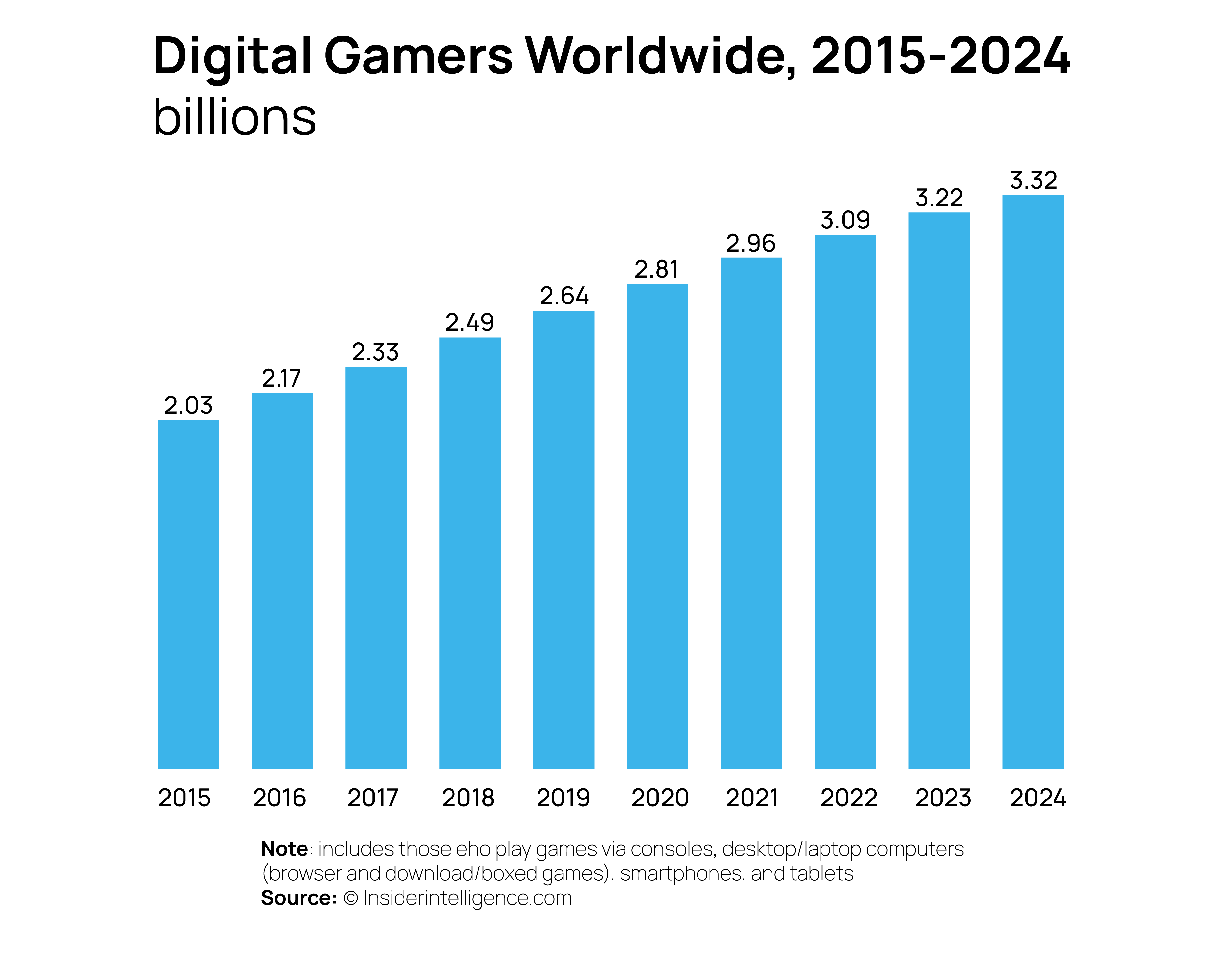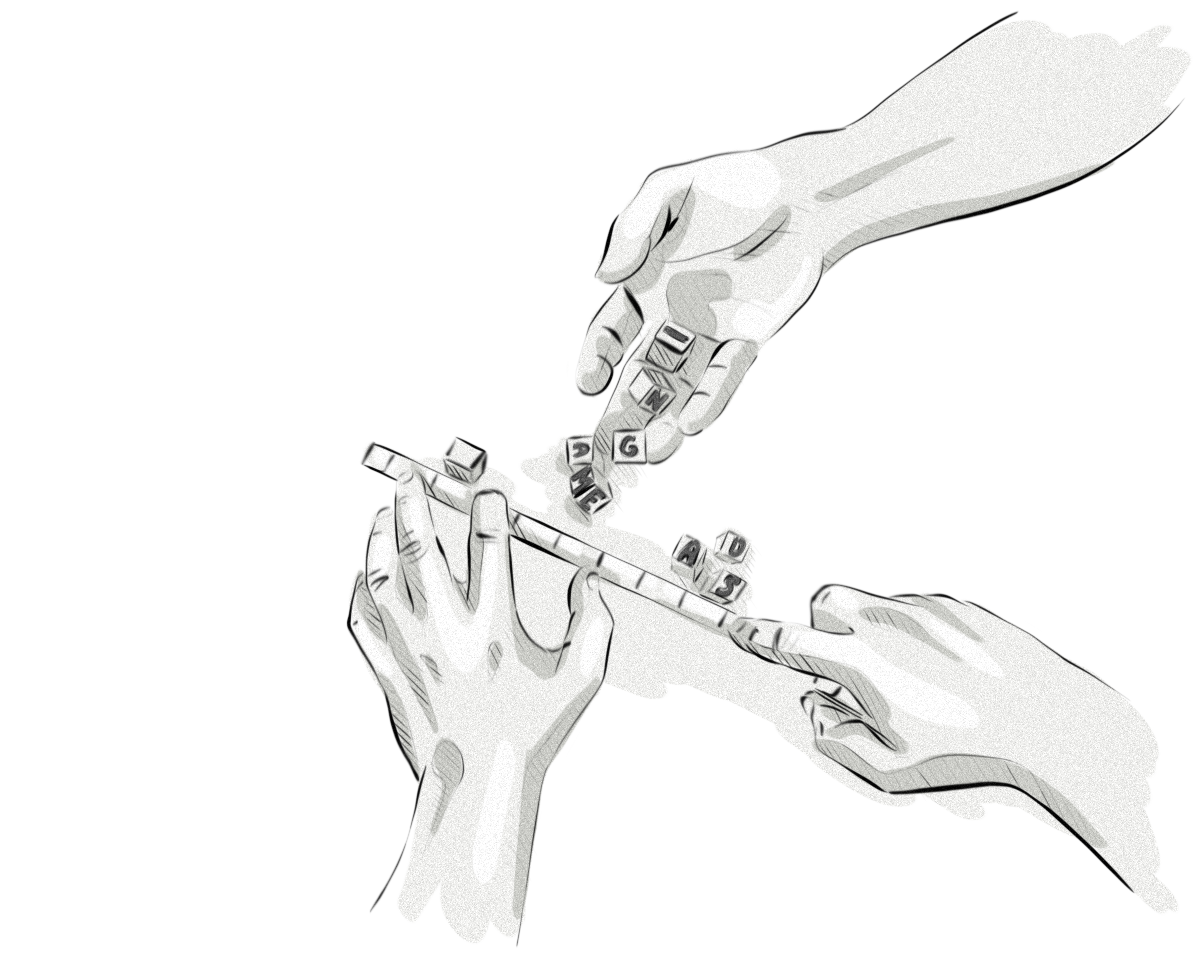For the first time since 2009, the IAB Tech Lab, IAB and MRC have released an updated version to the Intrinsic In-Game (IIG) Measurement Standards.
The point of updating the measurement standards for in-game advertising is to establish an up-to-date and specific measurement framework – embraced by both buy and sell sides – for ads that appear within gameplay.
The in-game advertising market’s potential is vast. However, it hasn’t been properly explored yet. By publishing and distributing the updated IIG measurement standards, member companies on the IAB Games and Esports Board, i.e., leaders of the IIG project, want to enable marketers to leverage market opportunities.
Key Points
- The first version of the in-game measurement standards was published in 2009.
- The new draft version of proposed changes to the Intrinsic In-Game (IIG) Measurement Standards was released in June 2022 and open for public comments to July 2022. The new standards were then published in August 2022.
- The gaming market brings new opportunities for ad buyers. 227 million US adults spend an average of over 12 hours per week gaming.
- IIG minimizes the threat of ad fraud in relation to viewability, impressions, reach / frequency, and engagement.
- The new standards apply to a variety of gaming environments, including AR and VR headsets.
- The guidelines also point to some challenges and encourage the development of technologies and measurement methodologies that would enable undisturbed in-game advertising (IGA) measurement. An example of such a challenge is the detection of unmuted audio in a video ad.
- IIG promotes consistency across measurers.
- In order to be classed as a certified measurement partner, AdTech and measurement companies will need to go through an updated MRC certification process, even if they are certified according to the 2009 measurement standards.
Updates For IAB Intrinsic In-Game Ad Measurement Guidelines
Video games and ad technologies were at very different stages of development when the IAB issued its first standard for in-game ad measurement in 2009. Since then, new technologies, game formats, and ad fraud schemes have developed.
In order for the advertising market in games to expand, advertisers’ capital is needed, and without advertisers’ trust, there will be no such capital. That’s why the guidelines of intrinsic in-game advertising measurements needed to be refreshed.
The updates were prepared by thirty-nine AdTech and gaming firms and representatives of other digital services. Those involved include Anzu, ABC Networks, Google, Pixalate, Havas Media Group, and many other significant companies.
The new standards are focused on:
- Re-examining the 10-second cumulative exposure duration for counting a valid impression that includes “sight, sound, and motion,” as well as 3D and virtual environments.
- Incorporating new advertising formats beyond two-dimensional games and video as it relates to viewability within in-game environments.
- Defining in-game measurement terms (e.g. impressions, reach/frequency, and engagement) to align with broader cross-channel measurement efforts.
What impact do you think the IAB’s new measurement guidelines will have on ad spend? Do you think more advertisers will invest in in-game advertising or does more need to be done to attract advertisers to this space?
More ad spend is bound to come to in-game advertising thanks to the confidence the new IAB measurement guidelines provide for brands. These standards are yet another stepping-stone in the journey to gaming becoming the largest and most attractive advertising channel we have ever seen.
There are over 3.2 billion gamers on the planet, with the global video games market projected to reach $304.7 billion by 2027. As gaming audiences and the channel continue to grow, so will the relationship between advertisers and game developers. Thanks to the official guidelines from the IAB, more and more buyers can feel more confident in including in-game delivery as part of their existing marketing strategies. As a result, in-game is no longer a ‘unicorn’ which requires specialist understanding to introduce to their media mix.
Instead, gaming offers advertisers — both big and small — an incredible opportunity. Reach a diverse audience in a non-disruptive manner. A brand-safe environment with low fraud. Extremely high attention rates across all screens. Buyers not only should include in-game into their strategy — they must. The new standards will inevitably bring more advertisers in-game, and it will be an exciting time to see more success stories emerge, inviting even more advertisers in.
With big names like Microsoft and Sony looking to advertise, advertisers will have a wider scope to feature their brands in AAA titles with in-game ads. They’re no longer limited to just mobile games. It signals a shift towards ads becoming more acceptable in these kinds of games, when used in a responsible and measurable way.
Chaim Berko
Senior Programmatic Account Manager, EMEA, Anzu
Intrinsic In-Game Ad Measurement Guidelines: The Scope Of Changes
The new measurement guidelines refer to metrics such as impressions, viewable impressions, and audience measurement in the field of IGA, in both display and video advertisement forms. They cover a wide range of gaming environments: desktop web, desktop applications, mobile web, mobile application, and consoles — including AR/VR headsets and smart TVs.
The only areas not included in the new standards are:
- Interstitial ads.
- Banner (web-based) ads.
- In-stream and out-stream video ads.
However, in the future, IIG guidelines will probably consider them as well.
Who Will Be Impacted By Intrinsic In-Game (IIG) Measurement?
The document published by the IAB Tech Lab and MRC addresses the challenges faced by organizations involved in the gaming industry and in-game advertising planners and buyers.
As these standards have been developed by the IAB Tech Lab and MRC, companies operating in the in-game advertising industry should view them as a set of guidelines. In addition, in-game advertising planners and buyers can use this document to assist in determining the quality of measurement.
New Measurement Standards, Advertising Formats, and Measurement Terms
The IIG measurement standards document defines what ad impressions, viewability, and invalid traffic are. Thanks to accurate descriptions, measurement organizations can present complex reports to all interested parties (e.g. ad buyers) and report on suspicious activity on advertisements (e.g. high click-through rates).
The guidelines also point to some challenges and encourage the development of technologies and measurement methodologies that would enable undisturbed IGA measurement. An example of such a challenge is the detection of unmuted audio in a video ad.
Ad Impressions
An impression is when a gamer is exposed to an ad within a gaming environment. The activity records on IGA can be transmitted in real-time or stored and transmitted later.
- The new guidelines recommend measuring the effectiveness of IGA ads so that they can be segregated and reported by individual ad units upon a customer’s request. This ability is likely to become increasingly important in the analysis of the performance of event-based ads.
- The ad must be loaded and, at minimum, begin to render in order to count it as a valid ad impression. In addition, a valid ad impression may only be counted when an ad counter receives and responds to a request for a tracking asset from a client.
Viewability
Viewable display impressions are counted when a minimum of 50% of the pixels in the advertisement are visible from the player’s perspective or on the player’s screen, and the ad is visible for at least one continuous second.
The IIG defines a minimum ad size (a minimum of 1.5% of screen coverage), ad angle (no greater than 55 degrees for any one coordinate), occlusion (i.e., when the in-game ad unit is blocked from view totally or partially), and many other determinants. All of them serve to promote consistency across measurers.
Ad Fraud and Invalid Traffic
In general, invalid traffic (IVT) is defined as traffic or associated media activity that does not meet certain quality or completeness criteria or otherwise does not represent legitimate traffic that should be included in measurement counts.
Spiders, bots, and other types of non-human activity are the reasons why traffic may be considered invalid. The new IAB standards recommend using the MRC’s Invalid Traffic Detection and Filtration Standards (MRC IVT Standards) for all existing digital measurement metrics, to reduce the severity of the problem.
The new IIG standards introduce new terms:
- General Invalid Traffic or GIVT — the traffic is identified through routine means of filtration executed through the application of lists or with other standardized parameter checks.
- Sophisticated Invalid Traffic or SIVT — to detect, analyze and identify certain forms of invalid traffic, it is required to use sophisticated analytics, multi-point corroboration and coordination, human intervention, etc.
The IAB recommends the following actions:
- Filtration of robots and spiders.
- Activity-based filtration techniques, which are defined specifically for IGA, supported by empirical research and periodically reviewed.
- Counting ad impressions when ads are loaded (and avoiding counting pre-fetched or pre-rendered traffic).
- Excluding small, barely visible or invisible ads from measurement.
Gaming Market
227 million US adults spend an average of over 12 hours per week gaming. Every person who uses a console, computer, or mobile device to play digital games is considered a gamer. In 2021, there were 2.96 billion people worldwide who played digital games; one year later, the market growth surpassed 3 billion people and it will grow in the upcoming years.
Despite all of this, marketers have been hesitant to invest in this channel. Less than 6% of all Internet advertising is spent on games.


These numbers reveal how the market changes not only from the end-user perspective but also from a business perspective.
With new technologies appearing, marketers are able to reach more gamers and deliver better gaming experiences; hence they are able to connect their brands with new audiences.
More AdTech businesses are working closely with publishers to offer them in-game dynamic ad placements. These companies include Anzu, Advert, and Bidstack. But there are more players and the playing field is getting more crowded year after year.
With more than 80% of Gen Z identifying as gamers, this format is moving toward cultural ubiquity. In contrast to past generations’ consumption peaks and troughs, Gen Z’s game consumption patterns are also more consistent throughout the day. Gaming is influencing daily life and evolving into an interaction language that makes it easier to connect the real and digital worlds as a result of these “always-on” consuming habits.
Companies without a comprehensive gaming strategy eagerly test the new advertising environments, learn from them, and supplement their omnichannel media strategy with gaming.
Finally, there are companies producing gaming devices, e.g., Samsung, and new gaming environments, such as Metaverse.
What Do Intrinsic In-Game Ad Measurement Guidelines Mean For The Industry
The updated IIG measurement standards unify reported results of in-game advertising. The document extends the environments to which the measurement applies — changes within new virtual worlds (metaverse) seem to be the most noticeable here, as well as smart TV apps.
Standardization of this new ad category will appear on more media plans across the globe and will help to deliver greater revenues for game publishers on all platforms.
“With IIG, we will have viewability standards within in-game environments and guidelines for tracking impression measurement, display ad viewability, and invalid traffic, taken into account with various technical factors such as screen size, resolution, angle, and lighting,” said Shailley Singh, vice president of product at the IAB Tech Lab. “These will be important factors as we prepare to scale advertising in gaming and expand growth in advertising for marketers and their partners as they operate in a relatively new space.”
Defining the new standards will also help to fight ad fraud and invalid traffic more effectively.








